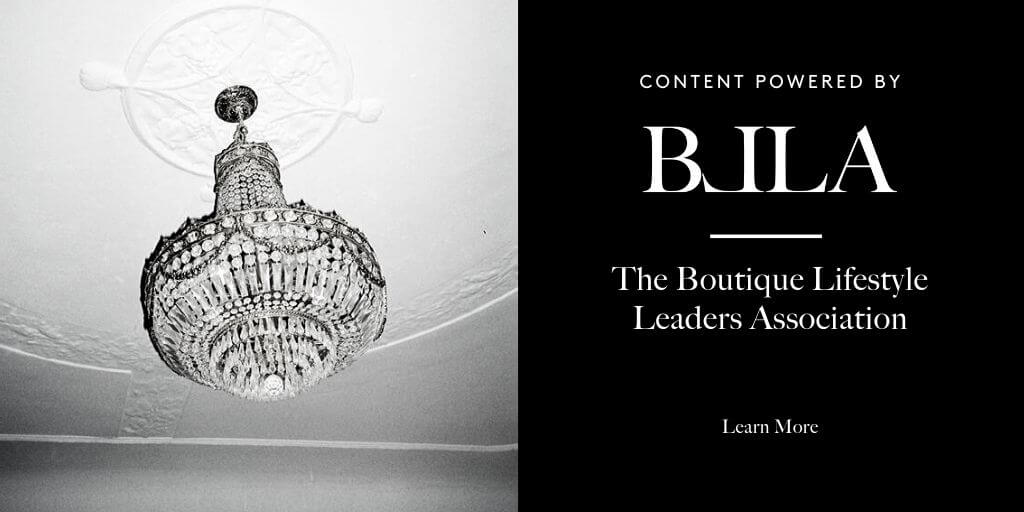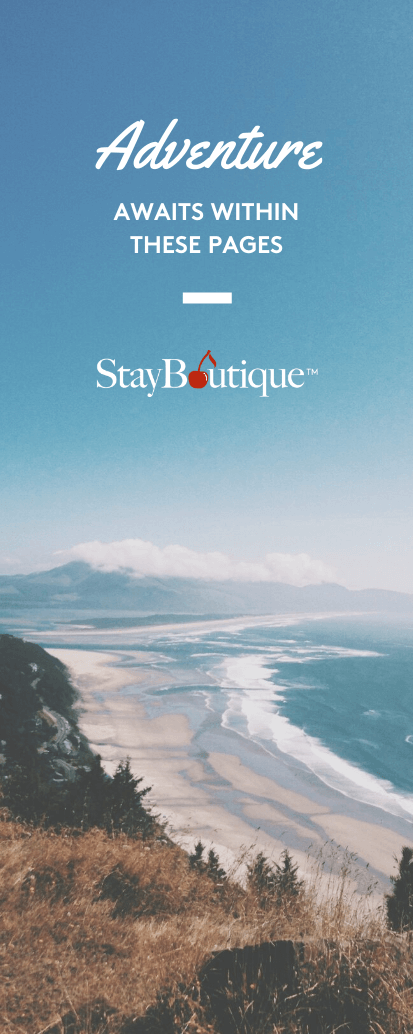Written by Marni Epstein-Mervis, Founder of STRUKTR Studios
for BLLA
Several months into “shelter-in-place” and sometimes climbing the walls of our homes, a lot of us are mentally planning our future dream vacations when we can leave quarantine, or what a return to business travel may look like. And with the phased reopening of the economy the hospitality and travel industries are waiting, watching, and preparing in anticipation of re-opening.
One way that smart hotels are turning lemons into limoncello during COVID-19 is by taking advantage of this downtime to revamp their photography libraries so that they can showcase their hotels to a public thirsty for their future getaway. Here are five reasons why now is the perfect time for hotels to invest in a refresh of their photography:
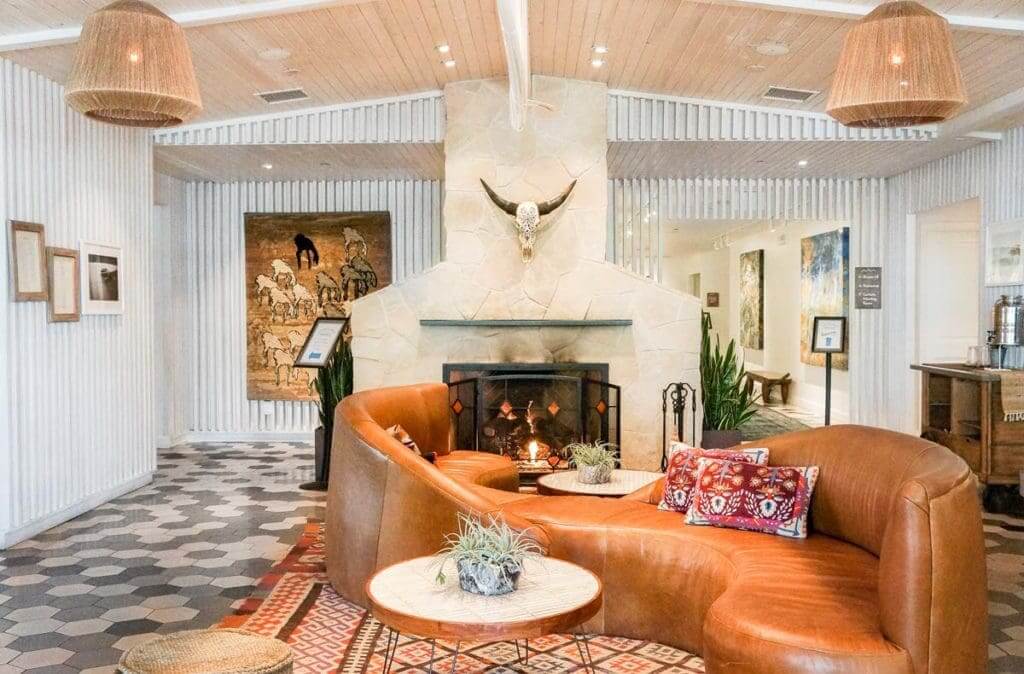
1. They’re Empty
I’ve detailed at some length how to best coordinate successful hotel photoshoots. This includes the importance of staying one step ahead of your photographer in order to understand where and when to redirect foot traffic, cleaning crews, and more. Right now, however, the need for extensive logistics and coordination is greatly reduced since most hotels are sitting empty or at significantly reduced capacities as a result of the Coronavirus pandemic. Now is the ideal time to capture clean design and architectural shots of your hotel. I’ve had shoots where we’ve had to scratch spaces from our shot list on the day because they were either decorated for holidays, or were set up for a last minute conference, and the hotel is either left without this space in their portfolio or forced to schedule a follow-up shoot. Or, it’s often the case that more time has to be spent on post-production, removing from photos unwanted objects or individuals obscuring the hotel’s great architecture and features. Smart hotels are taking advantage of this once in a lifetime moment when they are able to showcase every one of their spaces in all their glory to schedule photography.

2. They’ve Added New Design Features
You may have noticed that, with the main street economy largely shut down, some governments have been taking advantage of the reduction in traffic and business to speed up construction and infrastructure improvements, paving roads and completing much needed updates while cars were off the road. Similarly, some hotels are utilizing this downtime to do refurbishments or renovations, as AEJ Collective’s Amy Jakubowski also noted in BLLA’s digital crisis forum on Design and Architecture. One such hotel I know of in downtown Los Angeles, for example, is renovating its common corridors and implementing a touchless progression for guests from entry, to arrival at their destination, upstairs. All the more reason you, as a GM or Director of Sales and Marketing, will want to be ready with the photography highlighting these new features – to guests on your website, social media, and booking sites, and to the press – when things re-open.
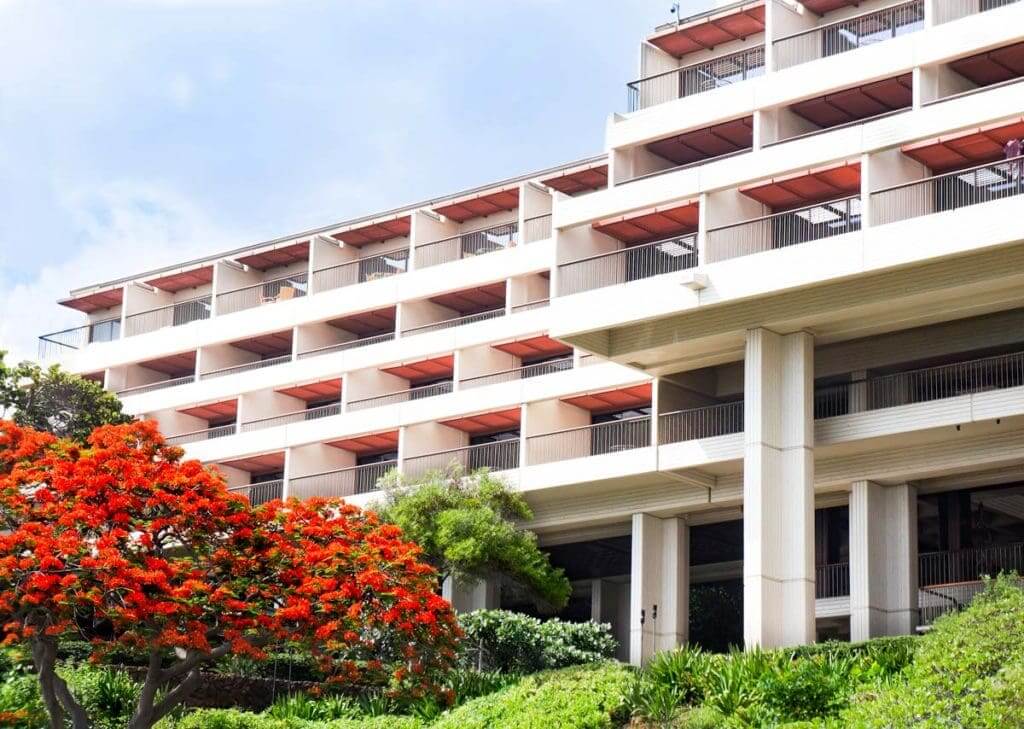
3. They Know Cleanliness Is Next To Godliness
A recent article in The New York Times on “The Future of Travel” points to the importance of cleanliness in our post-pandemic world; going so far as to name cleanliness “a new amenity.” To that end, the importance of highlighting your new hotel hygiene protocols with photography can’t be overlooked. Maybe you’re spotlighting your housekeeping staff with clear, on-brand imagery for your website and social media? Or maybe you need the photography to showcase how you’ve implemented a new touchless check-in process, or no-contact room service? Whichever protocols you’re adding, reassuring your returning and potentially new guests with images about the precautionary steps you’re taking during this sensitive time is essential.
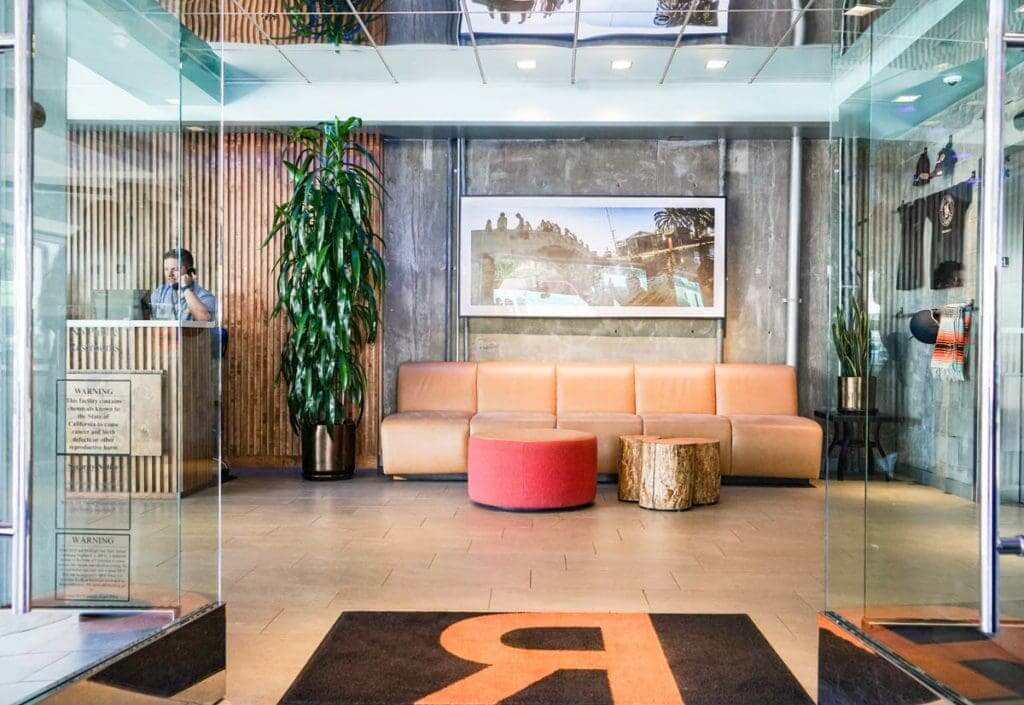
4. They Know An Initial Re-Brand or Re-Positioning Will Be Necessary
It’s time to re-brand through effective photography.The new normal we all find ourselves in means telling a new visual story for the immediate future. The stories that boutique hotels tell especially are an outsized factor in what make them unique and what draws travelers in, but smart hotels know that adapting their story given this brave new world is essential to re-connecting with travelers. As pointed out by Andrew Fay of The Gettys Group, a hotel design and development firm, in BLLA’s digital crisis forum on Design and Architecture, people will be drawn to brands that can effectively showcase how they were able to pivot and help their communities in these difficult times. Showcasing these stories effectively through photography will go a long way toward gaining back travelers’ trust and re-establishing an emotional connection. Telling an engaging, meaningful, and timely story with the right images provides cohesive brand messaging in a post-Coronavirus world.
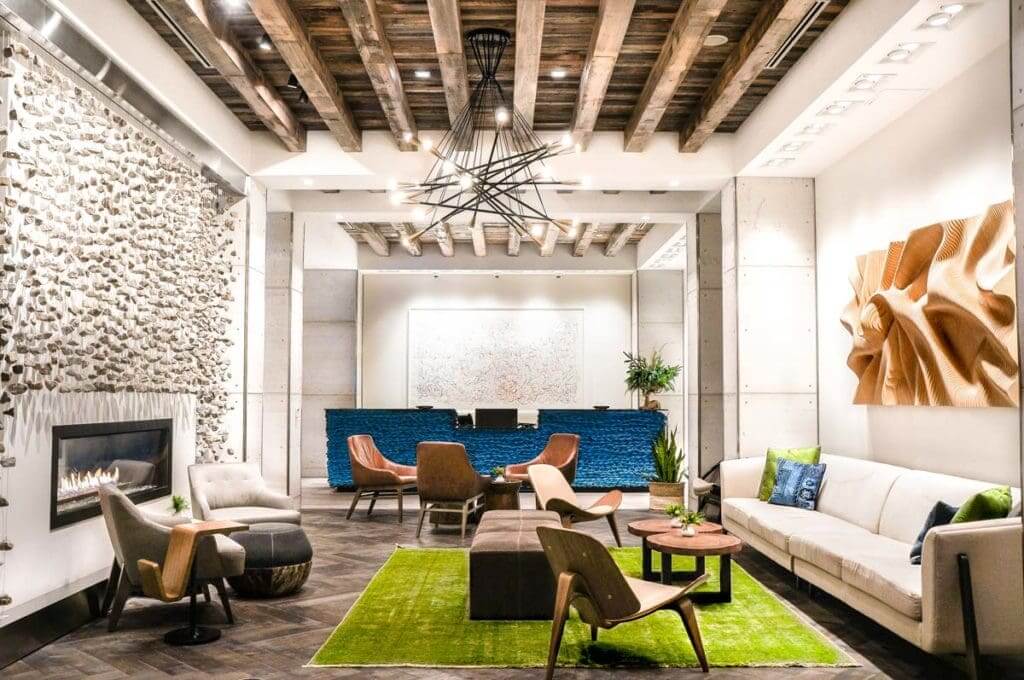
5. They Know Travelers Are Watching
There’s no getting around it, we are a visual culture. Great photos – whether it be aspirational, evocative, instructional – is what we crave. We live on Instagram and in this time of Safer at Home, travelers are spending more time on their screens than ever. During the COVID-19 pandemic social media engagement rates are at a 2020 high. A guest’s decision whether or not to follow or engage with an Instagram account or particular post is a split second decision based on aesthetics. Boutique is about design-focus, about custom experiences, about uniqueness; for these reasons boutique hospitality relies heavily on strong photography – and guests are watching and waiting to engage. Smart hotels know that if they can focus their efforts on effective, on-brand, high quality photography they’ll be able to engage guests in a meaningful way at the very same time these guests are once again resuming their travel plans.

Marni Epstein-Mervis is a hospitality and interiors photographer based in Los Angeles, California. She’s shot for boutique hotels around the world, including those in Nashville; South Africa; and Seattle. Her work’s been featured by Los Angeles Times, Dwell, Domino, Thomas Cook Travel Magazine, and more.
